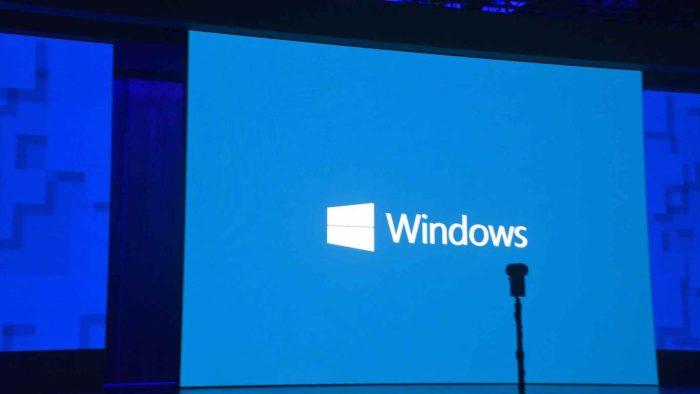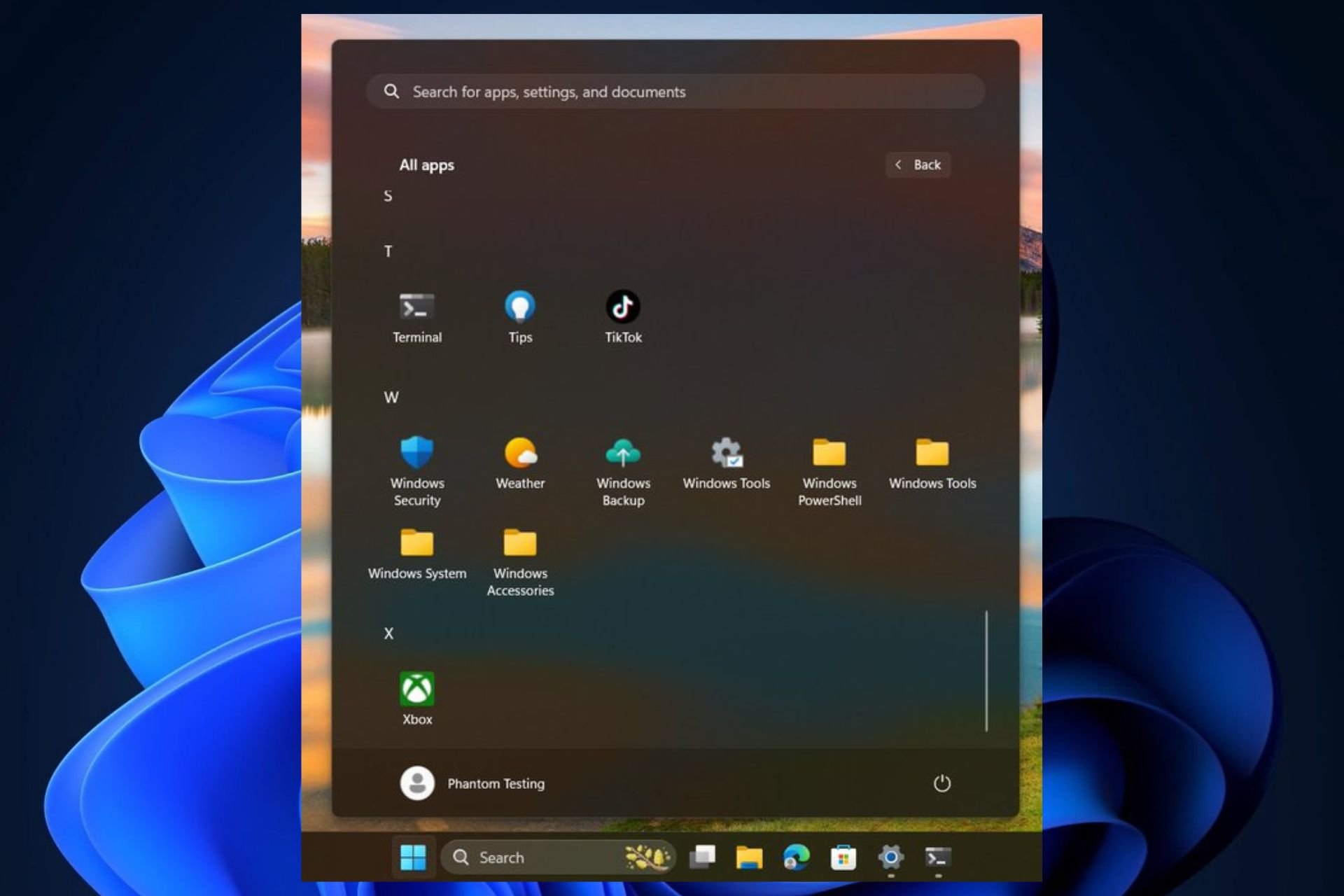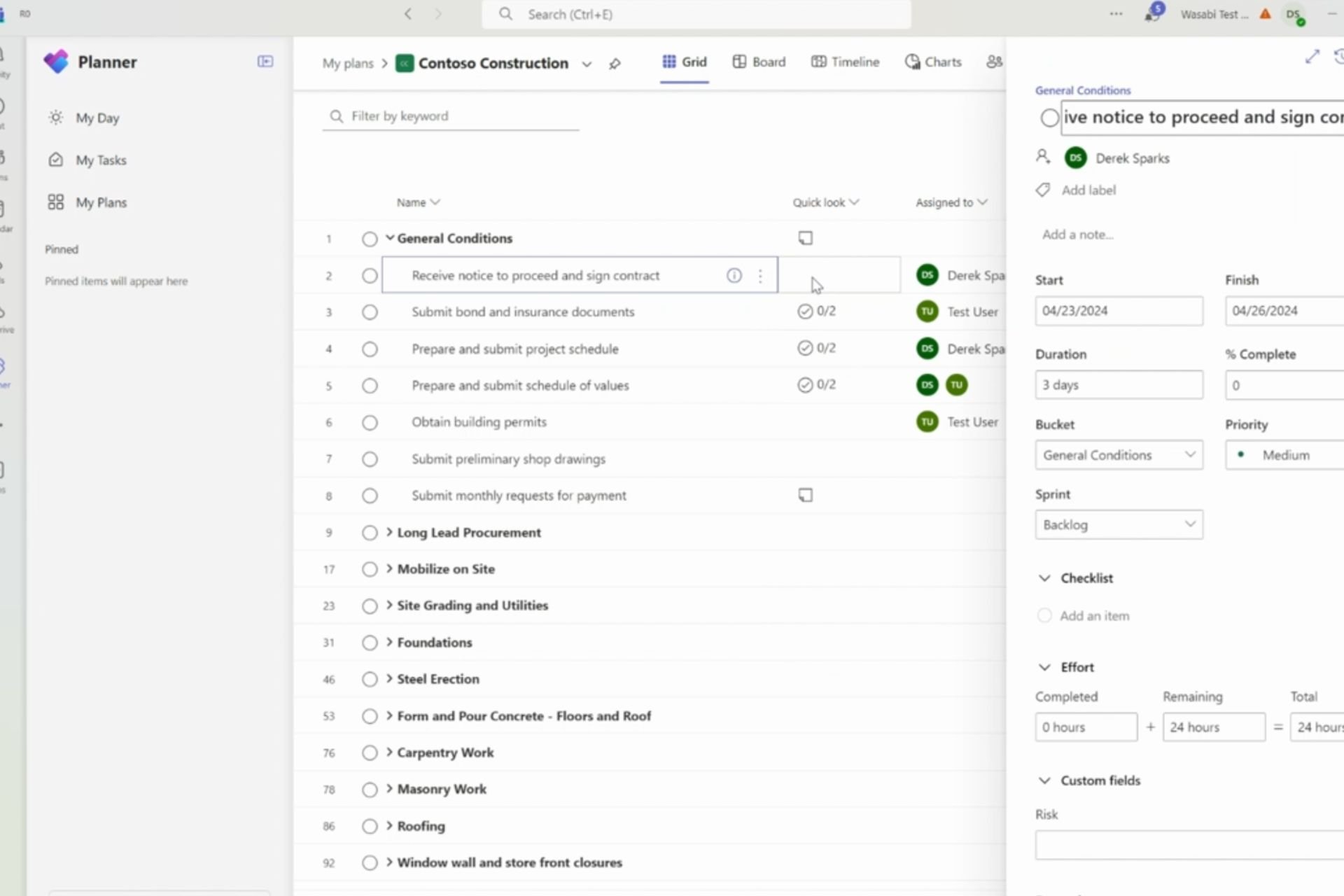Microsoft reduces “offline time” for Windows 10 featured updates to an average of 30 minutes
3 min. read
Published on
Read our disclosure page to find out how can you help Windows Report sustain the editorial team Read more

Microsoft’s Joseph Conway, a Senior Program Manager on the Windows Fundamentals team, recently took to a blog post to explain the company has acted on a top request from Windows 10 users. Indeed, he says Microsoft worked on the phases of Windows Update to help reduce the “offline time” when Windows 10 is unusable during featured updates.
According to Conway, there are four phases in the installation of a featured update, each of which is done in online and offline phases, with multiple reboots required. An online phase happens in the background while the device and OS are running, and means the user can continue working on a PC. An offline phase, meanwhile, means the OS is not running, and there will be an offline period where the user can’t use their PC.
Here’s how updates word under the old model, with an average offline time of 82 minutes for installation of the Creators Update.
Online Phase of Update:
- PC checks for available feature updates (manually or automatically)
- Feature update payload is downloaded
- PC waits for a required reboot to begin update installation
Offline Phase of Update:
- PC reboots to begin update installation process
- User content is prepared for migration
- New operating system is placed into a temporary working directory
- Drivers and other required operating system files are migrated
- User content is migrated
- PC reboots and completes the update
- OOBE begins
Now, with the upcoming Redstone 4 release, Conway says Microsoft has done additional work to reduce the offline time to just 30 minutes. He provided the following explanation, saying Microsoft worked to move portions of the mitigation process from offline phase to the online phase:
Online Phase of Updates:
- PC checks for available feature updates (manually or automatically)
- Feature update payload is downloaded
- User content is prepared for migration
- New operating system is placed into a temporary working directory
- PC waits for a required reboot to begin update installation
Offline Phase of Updates:
- PC reboots to begin update installation process
- Drivers and other required operating system files are migrated
- User content is migrated
- PC reboots and completes the update
- OOBE begins
- Average Offline time of 30 minutes (Insiders Program)
With these changes, the online portion of a featured update should take longer to complete, but most users will not feel the slowdown. At any rate, these are some welcome changes, helping speed up the update process and make it less infuriating for most Windows 10 users. Do you like these changes? Or do you feel that Windows Updates still take too long? Let us know your thoughts below.







